Description
Product Model: 5X00241G02
Product Brand: Emerson (Ovation / Westinghouse)
Product Series: Processor / CPU Module
Product Features:
- Core processor module used in the Emerson Ovation DCS platform
- Supports implementation of regulation, sequencing, and system logic
- Fully integrates into redundant and distributed Ovation architectures
- Available via new / refurbished / repair sources with typical 1-year warranties
Technical Features & Benefits
At its heart, EMERSON 5X00241G02 is a processor or CPU module designed for the Ovation DCS platform. Many control systems rely on it to execute system logic, coordinate I/O modules, manage data flow, and maintain the control loops across distributed branches.
Here are some of its standout characteristics:
- Redundant / distributed architecture readiness — The module is often deployed in systems where pairs of 5X00241G02 CPUs provide redundancy or load sharing across branches. In vendor descriptions, it is part of a redundant design including operator stations, domain controllers, and remote nodes.
- Scalable I/O branching — One module supports multiple branches (eight branches per node in some architectural descriptions) in the Ovation network topology
- Robust processing for regulation & sequential logic — It handles real-time control logic, sequences, analog/digital signal processing, and system diagnostics. It is described as capable of handling thousands of I/O points in system designs.
- High availability & reliability design — Given its central role, the design must support fault tolerance (redundant links, backup logic, failover capability) and EMI / noise resilience. Many modules are sold via repair / rebuild markets, indicating the importance of long-lifecycle support.
- Diagnostic & status indicators — Onboard LEDs and status flags help in commissioning and troubleshooting. Radwell’s listing mentions LED indicators as part of the module description.
From a benefits perspective: installing a 5X00241G02 module gives you a proven, field-tested central processing engine. Its integration into the Ovation ecosystem ensures that loop logic, redundancy, diagnostics, and communication align with your existing control infrastructure. In refurbishment or expansion projects, replacing or adding a 5X00241G02 can revitalize the processing capacity of a system without rearchitecting the entire control scheme.
- 5X00241G02
Product Role & System Fit
In a typical Ovation DCS system, the 5X00241G02 module sits in a processor shelf (or CPU rack) and acts as the master or co-master for a control domain. It communicates with operator consoles, engineering stations, historians, I/O racks, and remote nodes over redundant Ethernet or backplane links.
When you specify a 5X00241G02 in your architecture:
- It becomes the execution engine for the loops and strategies defined in your system.
- It orchestrates data collection, sequencing, setpoint management, interlock logic, and alarm processing.
- It integrates tightly with I/O modules (analog, digital, valve positioners, speed detectors) to read sensor values and command outputs.
- In redundant designs, it acts in coordination with its redundant partner to seamlessly take over control in case of failure.
- It provides status and integrity monitoring to detect faults, communication errors, or internal anomalies.
Because it’s a processor module rather than I/O, its main quality is reliability and processing determinism. It isn’t typically concerned with analog signal fidelity or field-side conditioning; those tasks are handled by I/O and personality modules.
In retrofit or expansion scenarios, adding or replacing a 5X00241G02 allows you to scale control logic without changing the I/O rack hierarchy. Because it obeys Ovation’s module and communication standards, integration is straightforward—provided firmware, mapping, and configuration alignment are handled.
Applications & Industry Context
The 5X00241G02 module appears in a variety of industries using Emerson Ovation control systems. Some representative use cases:
- Power generation — It acts as the central brain in thermal plants, coordinating turbine control, boiler logic, feedwater, and auxiliary loops via Ovation DCS branches.
- Water / wastewater / utilities — In large utility systems with distributed process control nodes, the 5X00241G02 serves as a local or regional processor for multiple I/O racks.
- Process plants / chemical facilities — Where complex control logic, alarm management, and coordination across many loops is required, the module delivers reliable computation.
- Retrofit / modernization projects — In brownfield upgrades, engineers often replace aging processor cards or add new modules; the 5X00241G02 is a drop-in to expand processing headroom without redoing I/O.
- Remote / distributed control topologies — In architectures where nodes are remote (e.g. remote heater engines, auxiliary systems), the 5X00241G02 module is referenced in vendor descriptions as the core CPU handling distributed nodes.
One vendor listing describes how a system with seven 5X00241G02 modules forms the central control cluster, connected to operator stations, domain controllers, and remote branches over redundant Ethernet.
In harsh industrial environments, the reliability of the processing module is critical. Engineers often prefer modules with good repair support, spares availability, and diagnostic capabilities. Because 5X00241G02 is offered in new, refurbished, and repair markets, that aligns with long-lifecycle systems.
Installation & Maintenance Insights
Installing, maintaining, and commissioning EMERSON 5X00241G02 requires attention to integration, redundancy, cooling, and diagnostics.
Mounting & chassis integration
Install the module in its designated processor shelf or slot. Ensure the module is fully seated in the backplane, with locking retention in place. When replacing modules, power down (unless hot swap is supported and safe) to avoid bus corruption.
Power & cabling
Ensure clean, stable power supply to the CPU rack. Use redundant power feeds if possible. For communication, use shielded Ethernet or redundant links as designed. Avoid running data cables near heavy current cables to reduce interference.
Cooling & thermal management
Processor modules generate heat. Provide proper airflow, chassis fans, and ambient temperature control. Monitor for hot spots—if the board runs persistently hot, its lifespan may be reduced.
Configuration & firmware alignment
When swapping or adding a 5X00241G02, ensure firmware version, configuration, memory layout, addressing, and I/O mapping match the system expectations. Backups of configuration and logic are critical to rapid recovery.
Commissioning & diagnostics
After installation, power up in a controlled mode. Monitor LEDs and status indicators, validate communication with operator stations, I/O racks, and remote nodes. Run health checks, watch for errors or fault flags.
Periodic inspection & monitoring
During maintenance outages, inspect connectors, backplane contacts, dust accumulation, and module integrity. Re-seat connections if needed, clean contacts, and verify diagnostic flags. Implement continuous monitoring of CPU load, memory health, and error counters in the system.
Spare module & burn-in strategy
Keep a preconfigured spare 5X00241G02 in storage. Before deploying it, perform a burn-in test—power it and simulate load over 24–48 hours to catch latent defects. That ensures the spare is reliable when needed.
Fault recovery strategy
Because the CPU module is central, module faults can cascade. Having a failover or redundant partner, or a hot-swap plan, is essential. If faults appear, swap quickly, restore configuration, and resume operation while analyzing the failed unit offline.
From field experience, in control rooms with aging CPU modules, swapping in a refurbished 5X00241G02 often restores full functionality and removes intermittent logic faults, where diagnosing marginal parts on the old module would take many hours.

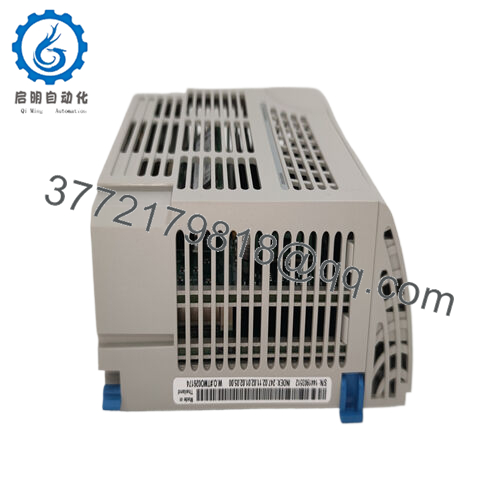
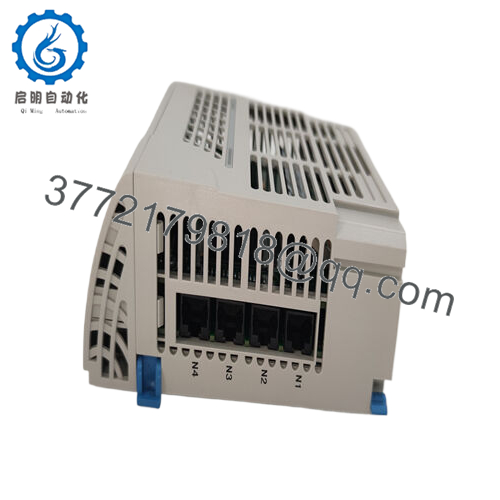
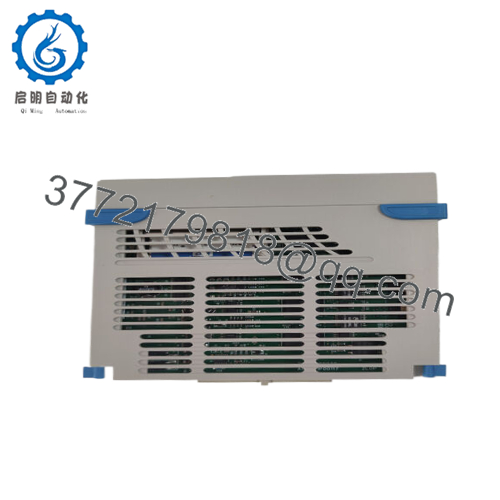
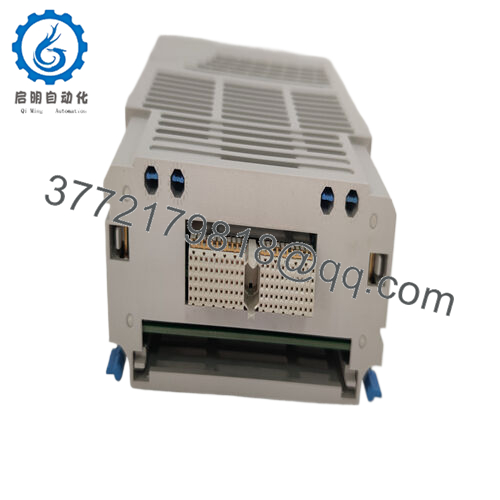
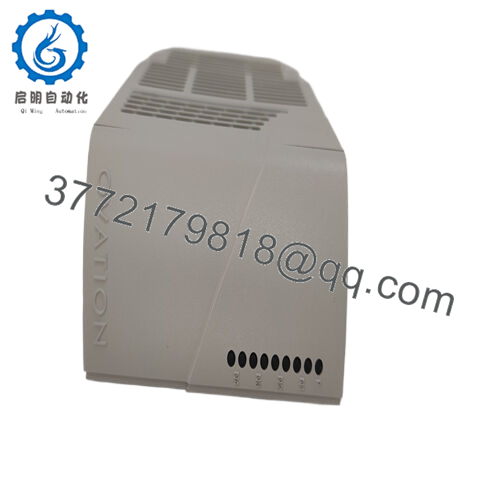
 WhatsApp: +86 16626708626
WhatsApp: +86 16626708626 Email:
Email:  Phone: +86 16626708626
Phone: +86 16626708626


